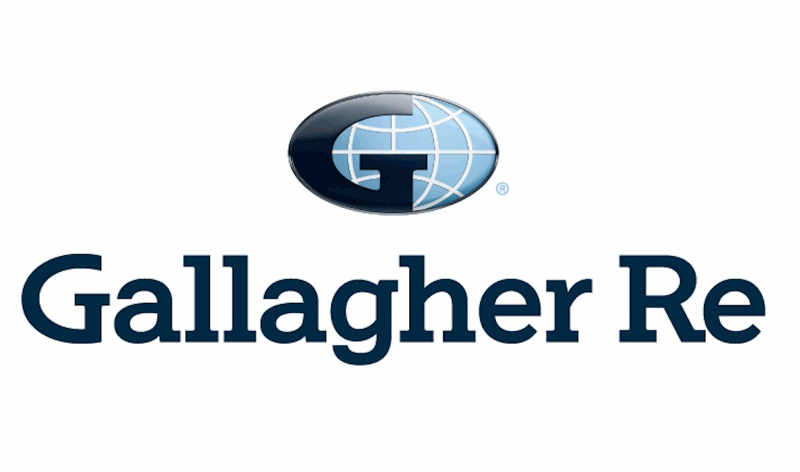Top-Up in Health Insurance: A Comprehensive Guide
Health insurance is essential for protecting yourself and your family from the high costs of medical treatment. However, basic health insurance plans may not always provide the comprehensive coverage you need. This is where top-up health insurance comes into play. But what exactly is top-up health insurance, and how can it benefit you?
In this article, we’ll dive into what top-up health insurance is, its advantages, and how it can enhance your coverage. Whether you’re looking for more protection or want to understand how it works, this guide will help clarify everything.
1. What is Top-Up Health Insurance?
Top-up health insurance is an additional form of coverage that supplements your existing health insurance policy. While your regular health insurance policy may provide basic coverage, a top-up plan offers extra protection against higher medical expenses. It usually comes with a higher deductible, meaning that you have to pay a larger amount upfront before the insurance kicks in.
In simple terms, top-up plans are designed to “top up” your existing coverage. These policies are an economical way to enhance your medical coverage without paying the high premiums associated with comprehensive insurance policies.
2. How Does Top-Up Health Insurance Work?
Top-up insurance works by offering coverage over and above your current policy. For example, if your regular health insurance policy covers up to ₹5 lakh in expenses, a top-up policy can provide an additional ₹10 lakh, bringing your total coverage to ₹15 lakh.
Here’s how it works:
-
Existing Policy: You keep your basic health insurance, which covers a certain amount of your medical expenses.
-
Top-Up Plan: If you require more coverage than what your basic plan offers, your top-up policy will cover the excess amount, subject to the deductible limit.
Deductible in Top-Up Plans
The deductible is the threshold amount you must pay before your top-up insurance starts covering your medical costs. If you opt for a higher deductible, the premium for the top-up plan will generally be lower. The deductible amount must be paid once per year, after which the insurer will cover the additional expenses.
3. Why Should You Consider Top-Up Health Insurance?
There are several reasons why top-up health insurance could be a wise choice for many individuals. Let’s look at some of the key benefits:
1. Cost-Effective Solution for Extra Coverage
Top-up plans are typically more affordable than buying a comprehensive health insurance policy with a higher sum insured. For instance, if you already have a base policy with ₹5 lakh coverage, a top-up policy with ₹10 lakh coverage can be added at a fraction of the cost of a standalone ₹15 lakh policy.
2. Additional Coverage for Critical Illnesses
Top-up plans can be useful if you’re looking for extra coverage for critical illnesses that aren’t fully covered by your basic plan. Many policies offer specific coverage for diseases such as cancer, heart disease, and neurological conditions, which can lead to high medical expenses. A top-up policy ensures that you have extra financial support when you need it the most.
3. Better Coverage for Family Members
If you have a family floater plan but feel that the coverage isn’t enough to protect everyone in your family, you can enhance it with a top-up plan. This is especially helpful for families with older members who might require more extensive medical attention.
4. No Waiting Period for Some Plans
Many top-up health insurance plans don’t have a waiting period, or the waiting period is much shorter compared to a new standalone policy. This means that you can begin benefiting from the extra coverage almost immediately.
4. Types of Top-Up Health Insurance Plans
Top-up health insurance plans come in different formats, and the right plan for you depends on your specific needs. Here are the main types:
1. Top-Up Plan with a Fixed Sum Insured
This type of plan offers a specific amount of coverage that is added to your existing policy. For example, if your primary policy covers ₹5 lakh, a top-up with ₹10 lakh coverage will increase your total coverage to ₹15 lakh.
2. Critical Illness Top-Up
These plans are designed specifically to cover major illnesses like cancer, heart attack, stroke, and kidney failure. They provide a lump sum payment to help cover the treatment costs of such conditions.
3. Family Floater Top-Up
This plan is designed to provide additional coverage for your entire family under a single policy. It supplements the coverage of your family floater plan and offers a higher sum insured.
5. Advantages of Top-Up Health Insurance
While top-up plans are generally more affordable and can provide extra coverage, there are additional benefits you may not have considered:
1. Increased Financial Protection
With rising healthcare costs, an additional top-up plan can ensure that you don’t exhaust your savings in the event of a serious illness or medical emergency. The financial security that a top-up plan offers can give you peace of mind knowing that you won’t have to dip into your savings.
2. Flexibility
Top-up plans are versatile and can be tailored to fit your specific needs. Whether you need additional coverage for critical illnesses, maternity care, or higher hospital expenses, top-up plans can offer flexible options to suit your budget and health needs.
3. No Impact on Premiums of the Base Plan
The good news is that adding a top-up plan generally doesn’t increase the premiums of your base health insurance plan. This allows you to keep your current plan while expanding your coverage without facing much higher costs.
4. Lower Deductibles
Compared to standard health insurance policies with high premiums, top-up plans often come with a higher deductible but allow you to pay less in terms of premiums. This makes it an affordable option for those looking for increased coverage without hefty price tags.
6. Things to Keep in Mind Before Buying a Top-Up Health Insurance Plan
Before jumping into a top-up plan, it’s essential to evaluate whether it’s the right choice for you. Here are some points to consider:
1. Deductible Amount
The deductible is a crucial factor to consider when buying a top-up plan. While a higher deductible reduces your premiums, it also means you have to pay more out of pocket before your insurer steps in. Make sure the deductible amount aligns with your financial capacity.
2. Coverage Limits
Ensure that the coverage provided by the top-up plan is sufficient for your needs. If you anticipate higher medical costs or have a family with complex health needs, choose a plan with a higher sum insured.
3. Pre-Existing Conditions
If you have pre-existing health conditions, make sure to read the policy terms to understand how they are covered. Some plans may have a waiting period for pre-existing conditions or may not cover certain illnesses at all.
4. Network Hospitals
Check if your top-up plan offers coverage at the hospitals within your current insurer’s network. If the top-up plan has a different network, you might not be able to avail of cashless treatments at your preferred hospitals.
7. Conclusion: Is Top-Up Health Insurance Right for You?
Top-up health insurance is a cost-effective and flexible way to increase your coverage without paying hefty premiums. It allows you to protect yourself and your family from high medical costs, especially in case of critical illnesses, surgeries, or emergencies.
Before purchasing a top-up plan, evaluate your existing health insurance, consider your coverage needs, and choose a plan that offers sufficient protection at an affordable price. By doing so, you can ensure that your health is adequately protected without overpaying for premiums.
FAQs
1. Can I buy a top-up health insurance plan if I don’t already have a base policy?
No, a top-up health insurance plan can only be bought if you already have an existing health insurance policy. The top-up plan acts as an addition to your current coverage.
2. Is the deductible in a top-up plan per claim or per policy year?
The deductible in a top-up plan is generally per policy year, which means you have to meet the deductible limit once a year before the insurance provider starts covering the expenses.
3. How does the waiting period work for top-up plans?
Top-up plans may have a waiting period for specific conditions, similar to regular health insurance policies. For pre-existing conditions, this waiting period can range from 2 to 4 years depending on the insurer.
4. Can I switch to a different top-up plan in the future?
Yes, you can switch to a different top-up plan if your health insurance needs change. However, it’s essential to review the new plan’s terms and conditions before making the switch.
5. Are top-up plans tax-deductible?
Yes, premiums paid for top-up health insurance plans are eligible for tax deductions under Section 80D of the Income Tax Act, just like regular health insurance policies.
Please don’t forget to leave a review.


